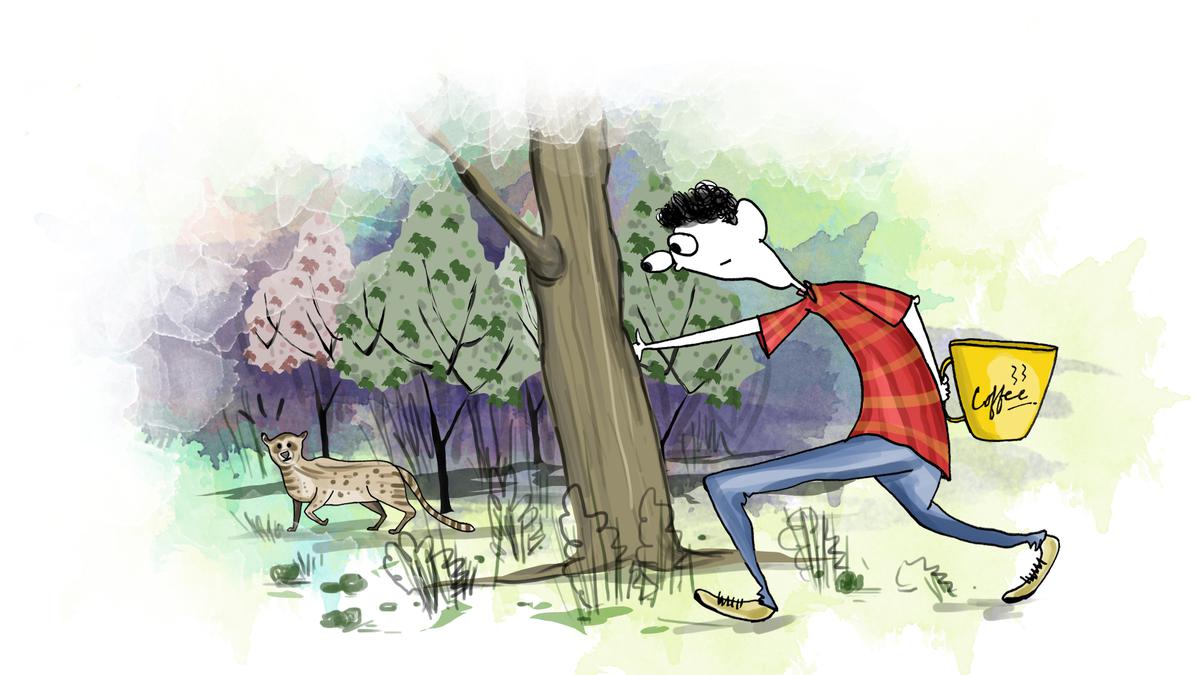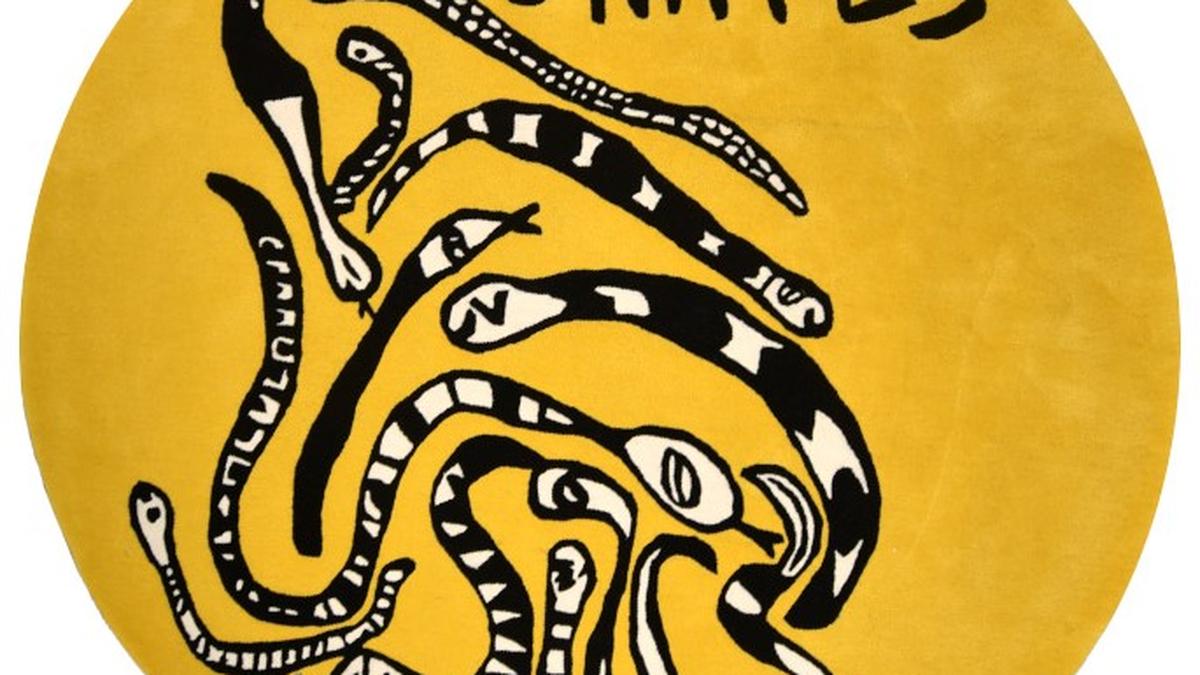Like many Southerners, my childhood memories are tied to waking up to the intoxicating smell of freshly brewing filter kaapi. Intoxicating because I soon fell back asleep when I should have been readying myself for school. My father had an ancient brass-and-wood grinder and filter contraption that he kept alive via wires strung together and faith, no matter how many parts fell off.
Recently, a friend displayed his sci-fi coffee machine, which cost slightly less than his car. It swallowed teeny plastic thimbles, belching out stuff that looked posh, including something insulting called decaf. I ventured to lecture him on my deep knowledge of real coffee, which was intoxicating I’m certain, because he soon dozed off. Let me offer you the same.
There are 101 steps from bean to cup, which are summarised here. The coffee seed is planted, sung to, and raised in a nursery where it is taught good manners and politics. The coffee tree grows obediently to pop bright red berries over which unions, corporates, planters, politicians and activists all battle. The beans are now sun-tanned and de-husked in a process which beauty parlours have plagiarised. They then need to sit for an exam to prove they are of the right colour, size and shape. All extremely discriminatory, where the damaged beans feel rejected and turn green in envy. The green coffee (which is the one that’s passed and not green in envy) travels the seas.
The failures are never heard of again, and the hand of Russia is suspected. At its destination, a cupper smells the coffee, and later slurps a bit which he instantly spits out, (clearly not brought up in a nursery where manners are taught, unlike the coffee beans he is being judgemental towards). The beans are now roasted, ground under high pressure, and finally brewed — to complete the torture.
Lest I forget this crucial step: at some point, the coffee beans are fed to a wild cat through which they pass (with all the necessary digestive turmoil that you learn in biology class).
People follow this cat and its toilet habits to claim the beans back and brew them. In Bali, there were hordes waiting to drink this coffee. I did too, while the civet cat looked on with disdain at the depths to which men would sink.
That was the story of my morning cuppa. From bean to cup. There are another 113 steps after this, of course. These include insisting on a favourite old cup, someone breaking your cup by mistake, your throwing a tantrum that shakes the berries off the coffee trees continents away, and your threatening to roast, grind and brew anyone who dares offer you tea.
Where Jane De Suza, the author of Happily Never After, talks about the week’s quirks, quacks and hacks.








